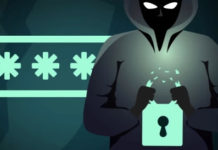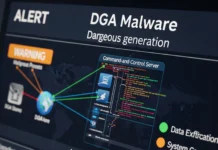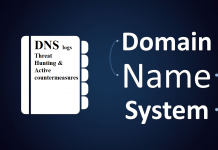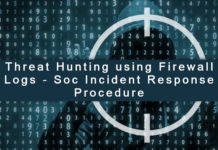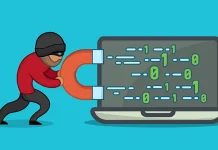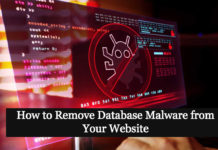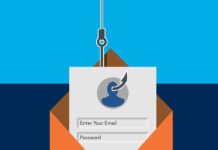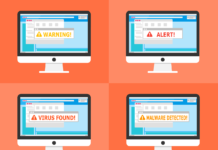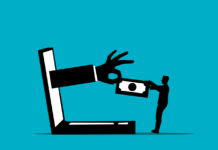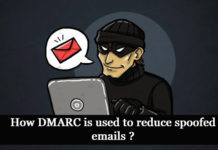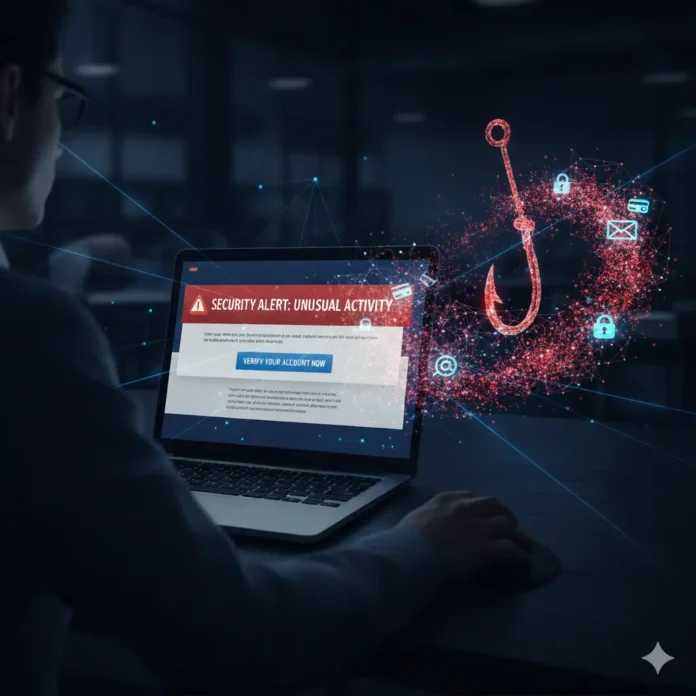You’ve probably seen it before. An email that looks like it’s from your bank. A text message saying your account has been locked. Or a link on social media that promises a prize but leads somewhere suspicious. These are all forms of phishing, and despite all the advances in cybersecurity, it’s still the number one way people get scammed online.
What Makes Phishing So Dangerous
Unlike many other cyber attacks, phishing doesn’t rely on breaking into firewalls or writing complex code. Instead, it targets people. It tricks you into clicking a link, sharing your password, or entering payment details on a fake site.
That human factor is what makes phishing so powerful. Even smart, tech-savvy people can fall for it if they’re distracted or if the scam looks convincing enough. Criminals know this, and they keep improving their tactics.
How Phishing Works Today
Phishing has evolved a lot in recent years. Gone are the obvious “Nigerian prince” scams with broken English and misspelled words. Today, phishing emails and texts can look almost identical to real ones. Some even copy company logos, official wording, and design styles.
The most common phishing methods include:
- Email scams that pretend to be from your bank, employer, or online service.
- Text message phishing (also called “smishing”) with urgent alerts about packages, accounts, or payments.
- Fake websites that look like login pages for banks, streaming services, or shopping sites.
- Social media scams that trick you into sharing personal details through fake profiles or giveaways.
The Cost of Falling for Phishing
The risks are real. A single phishing click can lead to:
- Stolen bank details or credit card numbers.
- Identity theft, where criminals use your personal data to open new accounts.
- Business breaches, where one employee mistake exposes company systems.
- Ransomware attacks that lock files until a payment is made.
And it’s not just big companies that get targeted. Individuals, families, and small businesses are often hit hardest, because they don’t always have strong security in place.
Everyday Examples
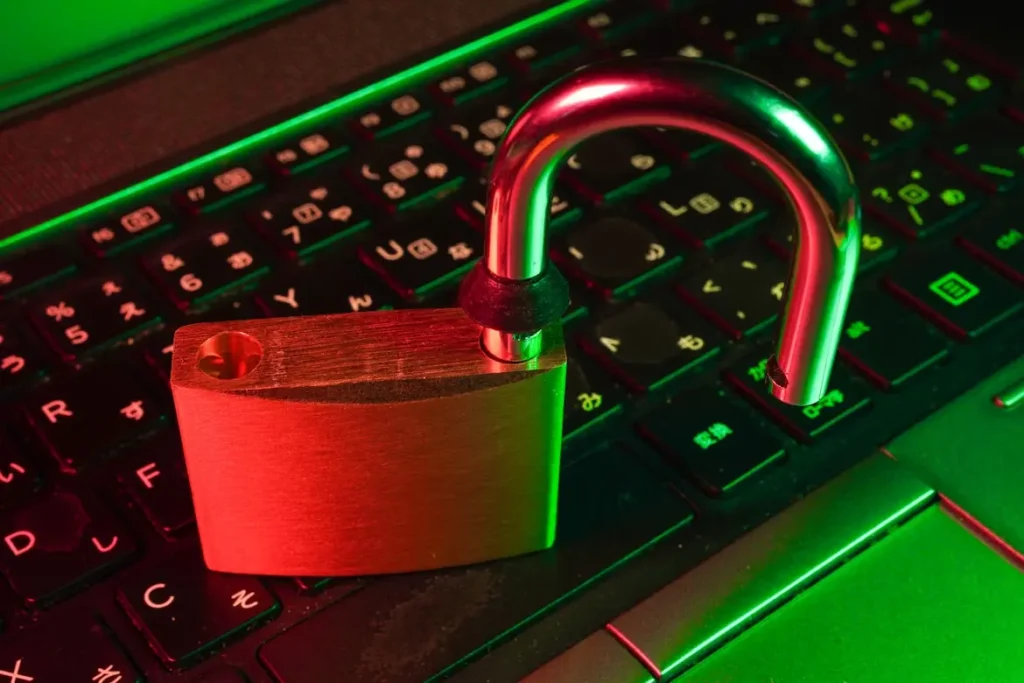
Think about it like this. You’re rushing to pay a bill when an email arrives saying your bank account is locked. The link takes you to a site that looks identical to your bank’s login page. Without thinking, you enter your details. In seconds, someone else has access to your account.
Or maybe you’re planning a trip and you get a text about “currency exchange offers.” Some are legit, like trusted services such as TravelCash currency exchange in Hove. But others are fake links designed to steal your card details. That’s why knowing who you’re dealing with makes all the difference.
How to Protect Yourself
The good news is, you can defend against phishing with a few simple habits:
- Double-check links – Hover over email links before clicking. If the web address looks odd, don’t open it.
- Don’t trust urgency – Scammers use pressure. Messages saying “act now” or “account locked” are classic phishing red flags.
- Use two-factor authentication – Even if someone gets your password, they can’t log in without the extra step.
- Keep software updated – Old systems are easier to exploit.
- Verify the sender – If you’re unsure, contact the company directly using official details, not the number or email in the suspicious message.
Why Phishing Isn’t Going Away
As long as people use email, texts, and social media, phishing will remain a threat. Cybercriminals adapt quickly. They take advantage of trends like online shopping, remote work, or even global events to make their scams more believable.
The best defense is awareness. The more people learn about phishing, the harder it becomes for scammers to succeed. Businesses should also invest in training their employees, because one wrong click can affect an entire company.
Final Thought
Phishing isn’t flashy like some cyber attacks, but it works because it targets human behavior. Staying safe means slowing down, thinking twice, and being careful about where you share your information.
Technology will keep advancing, but phishing only needs one moment of carelessness to succeed. Make sure that moment isn’t yours.



